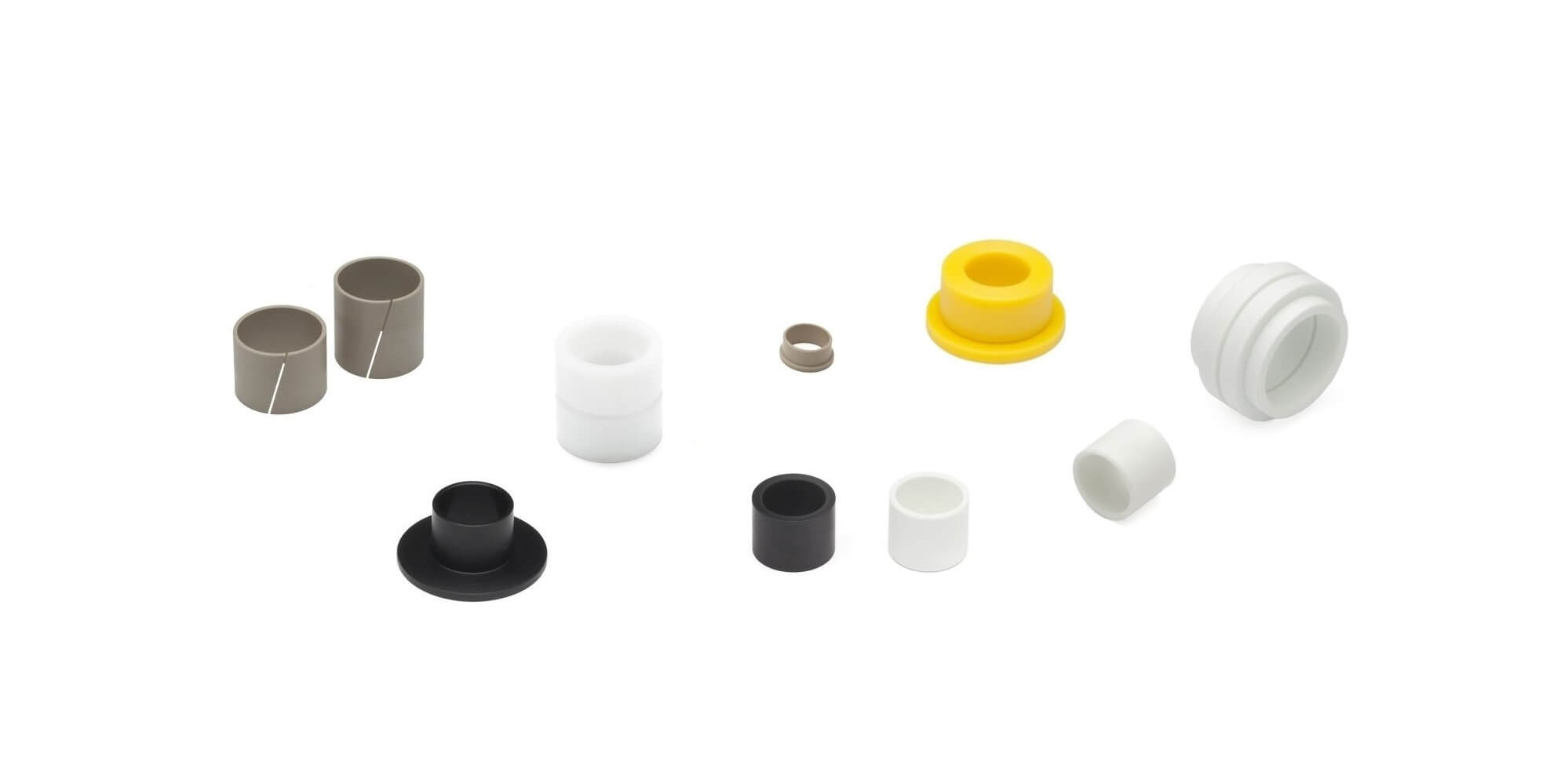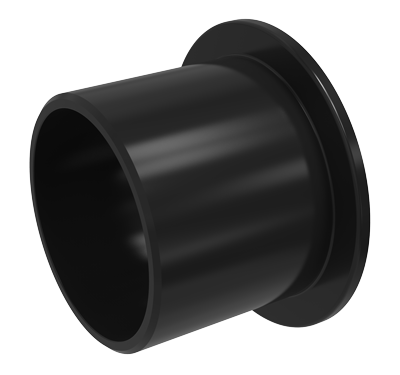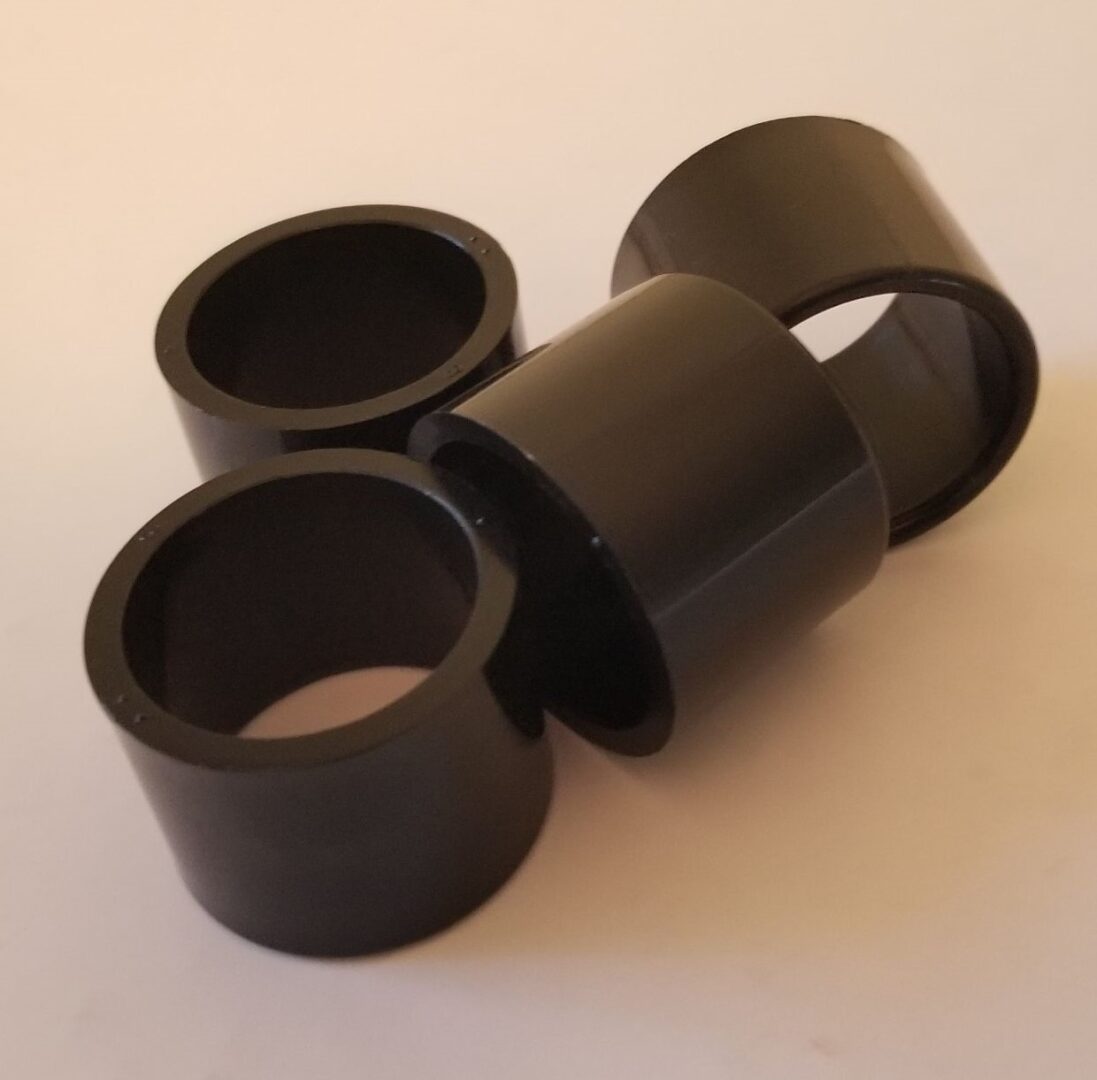
What are the temperature and pressure limits of plastic bushings, and how do they impact their performance?
Plastic bushings have temperature and pressure limits that can significantly impact their performance. Here’s a detailed explanation:
Temperature Limits:
– Plastic bushings have specific temperature limits that dictate their ability to withstand heat or cold. These limits vary depending on the type of plastic material used in the bushings.
– It is crucial to consider the operating temperature range of the machinery or equipment in which the plastic bushings will be used. Exceeding the recommended temperature limits can cause the bushings to deform, lose their dimensional stability, or even melt, leading to a significant decrease in their performance and lifespan.
– High temperatures can accelerate wear, reduce load-bearing capacity, and negatively affect the lubrication properties of the bushings. Conversely, extremely low temperatures can make the plastic material brittle, leading to increased friction, noise, and potential failure.
– Consult the manufacturer’s specifications or technical data sheets for the plastic bushings to determine their temperature limits. This information will help you select bushings that can withstand the anticipated temperature conditions in your application.
Pressure Limits:
– Plastic bushings also have pressure limits that define their ability to withstand different levels of load or force. The pressure limits depend on the specific material and design of the bushings.
– Exceeding the recommended pressure limits can cause plastic bushings to deform, crack, or fail catastrophically. It can result in increased friction, accelerated wear, and compromised load-bearing capacity, ultimately leading to reduced performance and potential damage to the machinery or equipment.
– Consider the expected loads and forces that the bushings will experience in your application. Ensure that the selected plastic bushings have the necessary pressure rating to handle these loads without exceeding their limits.
– The pressure limits may also be influenced by factors such as the operating speed, surface finish, and lubrication conditions. Therefore, it is essential to consider these factors in conjunction with the pressure rating of the plastic bushings.
– Again, refer to the manufacturer’s specifications or technical data sheets to determine the pressure limits of the plastic bushings. This information will help you choose bushings that can safely handle the anticipated loads and pressures in your specific application.
Impact on Performance:
– Temperature and pressure limits directly impact the performance and longevity of plastic bushings. Operating the bushings beyond their specified limits can lead to premature wear, increased friction, elevated noise levels, reduced load-bearing capacity, and potential failure.
– It is crucial to select plastic bushings that are capable of operating within the anticipated temperature and pressure ranges of your application. This ensures optimal performance, extended service life, and reliable operation of the machinery or equipment.
– Additionally, maintaining the bushings within their recommended temperature and pressure limits helps preserve their dimensional stability, lubrication properties, and overall functionality, contributing to smoother operation and reduced maintenance requirements.
– Regular inspection and monitoring of the plastic bushings’ performance, along with adherence to the specified temperature and pressure limits, can help identify any potential issues early on and allow for timely replacement or maintenance, ensuring continued performance and avoiding costly downtime.
Considering the temperature and pressure limits of plastic bushings and their impact on performance is crucial for selecting the appropriate bushings for your application. Always consult the manufacturer’s specifications and guidelines to ensure optimal performance and longevity of the bushings in your specific operating conditions.

Are there tutorials on troubleshooting common issues with plastic bushings and their solutions?
Yes, there are tutorials available that provide guidance on troubleshooting common issues with plastic bushings and offer solutions to resolve them. Troubleshooting tutorials can be helpful in identifying and addressing problems that may arise during the use of plastic bushings. Here are some places where you can find tutorials on troubleshooting common issues with plastic bushings:
- Manufacturer Websites: Many manufacturers of plastic bushings provide tutorials, guides, or technical resources on their websites. These resources often include troubleshooting sections that address common issues encountered with their products. Visit the websites of manufacturers that produce the specific type or brand of plastic bushings you are using. Look for documentation, FAQs, or technical articles that cover troubleshooting topics. Manufacturers are typically knowledgeable about their products and can offer valuable insights into resolving common issues.
- Online Forums and Communities: Online forums and communities focused on engineering, mechanical design, or specific industries can be excellent sources of information for troubleshooting plastic bushing issues. Participate in these forums and engage with professionals who have experience in working with plastic bushings. Ask questions, describe the issues you are facing, and seek advice from the community. Often, you will find individuals who have encountered similar problems and can share their solutions and experiences.
- Technical Publications and Journals: Technical publications, journals, and magazines related to mechanical engineering, tribology, or maintenance often contain articles that discuss troubleshooting techniques for various mechanical components, including plastic bushings. These publications may provide case studies, analysis, and practical solutions for common problems. Explore relevant publications and search their archives for articles on plastic bushing troubleshooting. Academic databases and online libraries can be valuable resources for accessing technical publications.
- YouTube and Online Video Platforms: Video tutorials on platforms like YouTube can be a visual and interactive way to learn about troubleshooting plastic bushing issues. Many content creators and industry experts share their knowledge and demonstrate techniques for diagnosing and resolving common problems. Search for keywords related to plastic bushing troubleshooting on these platforms to find relevant videos. Watching demonstrations can often provide a clearer understanding of the troubleshooting process and the steps involved in resolving issues.
- Training Courses and Workshops: Some organizations or training providers offer courses or workshops focused on mechanical maintenance, machinery troubleshooting, or specific industrial applications. These training programs may cover topics related to plastic bushings and provide hands-on experience in identifying and resolving common issues. Check with local trade schools, technical institutes, or professional training organizations to see if they offer courses that include plastic bushing troubleshooting as part of their curriculum.
When using troubleshooting tutorials, it is important to carefully understand the symptoms and causes of the issues you are encountering. Ensure that the suggested solutions align with your specific situation and take into account the operating conditions and application requirements of your plastic bushings.
By accessing tutorials from these various sources and applying the recommended troubleshooting techniques, you can gain valuable insights into identifying and resolving common issues with plastic bushings, improving their performance, and prolonging their lifespan.

What are the key considerations when selecting plastic bushings for corrosive environments?
When selecting plastic bushings for corrosive environments, it’s essential to consider several key factors to ensure the longevity and performance of the bushings. Corrosive environments can pose significant challenges to materials, including degradation, chemical attack, and loss of mechanical properties. Here are the key considerations when selecting plastic bushings for corrosive environments:
- Chemical Compatibility: The first and foremost consideration is the chemical compatibility of the plastic material with the corrosive substances present in the environment. Different plastics have varying degrees of resistance to specific chemicals. It’s crucial to identify the types of corrosive chemicals, acids, bases, solvents, or other substances that the bushings will be exposed to and choose a plastic material that offers excellent resistance to those specific chemicals.
- Material Selection: Certain plastic materials are known for their superior chemical resistance properties. For corrosive environments, consider using plastic materials such as PTFE (Polytetrafluoroethylene), PVDF (Polyvinylidene Fluoride), PPS (Polyphenylene Sulfide), or ETFE (Ethylene Tetrafluoroethylene). These materials offer excellent resistance to a wide range of corrosive chemicals and can withstand harsh environments.
- Temperature Range: In addition to chemical compatibility, consider the temperature range of the corrosive environment. Some plastics may have temperature limitations and can degrade or lose their chemical resistance properties at elevated temperatures. Ensure that the selected plastic material can withstand the temperature range of the corrosive environment without compromising its performance or chemical resistance.
- Load and Wear Requirements: Evaluate the load and wear requirements of the application. Corrosive environments may involve abrasive particles or high loads that can accelerate wear and reduce the lifespan of the bushings. Select plastic materials that offer excellent wear resistance and can withstand the specific load conditions of the application.
- Sealing and Contamination: Corrosive environments often involve the presence of moisture, gases, or contaminants. Consider whether the bushings need to provide sealing properties to prevent ingress of corrosive substances or contamination. Some plastic bushings can be designed with additional sealing features to enhance protection against corrosive elements.
- UV and Weather Resistance: If the corrosive environment involves exposure to sunlight or outdoor weather conditions, consider the UV resistance and weatherability of the plastic material. Some plastics may degrade or experience color fading when exposed to prolonged sunlight or extreme weather conditions. Choose a plastic material that offers good UV resistance and weather resistance properties if applicable.
- Manufacturer Expertise: Work closely with manufacturers or suppliers who have expertise in providing plastic bushings for corrosive environments. They can offer guidance on material selection, design considerations, and provide specific recommendations based on their experience and knowledge of different plastic materials and their performance in corrosive environments.
It’s important to thoroughly assess the corrosive environment and consult with experts to ensure the right plastic material is selected for the bushings. Conduct compatibility tests, review material datasheets, and consider real-world application experiences to make an informed decision. Additionally, proper installation, regular inspection, and maintenance practices should be followed to maximize the performance and lifespan of the plastic bushings in corrosive environments.
By considering these key factors, you can select plastic bushings that are well-suited for corrosive environments, providing reliable and long-lasting performance even in the presence of corrosive substances.


editor by CX 2024-05-07